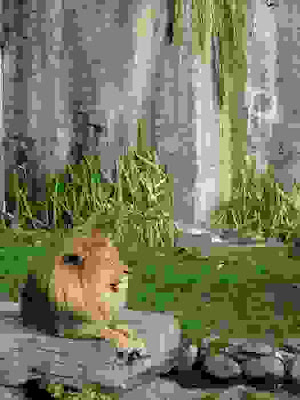 I then used the filters to compress the following image:
I then used the filters to compress the following image: Using the maximum compression level, JPEG compresses the image to 7.1KiB:
Using the maximum compression level, JPEG compresses the image to 7.1KiB: My compression algorithm compresses the image to 5.6KiB:
My compression algorithm compresses the image to 5.6KiB: Try clicking on the above images to see the high resolution versions. My compressed version of the image is smaller and looks better than JPEG.
Try clicking on the above images to see the high resolution versions. My compressed version of the image is smaller and looks better than JPEG.I did the compression by doing a raster scan of the image and for each image patch I select the best filter. I then losslessly compress the filter selections using paq8l. The obvious improvement to this algorithm would be to use a combination of several filters for each image patch instead of selecting the best filter. Using several filters would take more space to encode but would result in a much better image approximation. Another idea I plan to try is to use this same algorithm for lossy video compression.

No comments:
Post a Comment